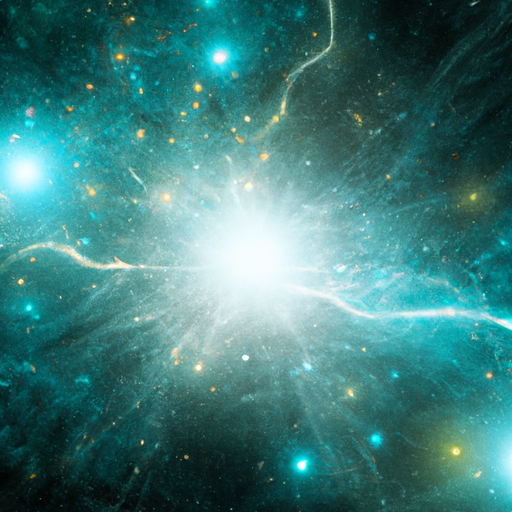In “The Building Blocks of Creation: Exploring Particle Physics in the Wake of the Big Bang,” the fascinating world of particle physics unfolds, offering a glimpse into the fundamental components that make up our universe. From the grandeur of the Big Bang to the intricate dance of subatomic particles, this article takes you on a captivating journey through the mysteries of the cosmos. Brace yourself for an awe-inspiring exploration where science meets wonder, as we uncover the secrets behind the building blocks that shape our reality.
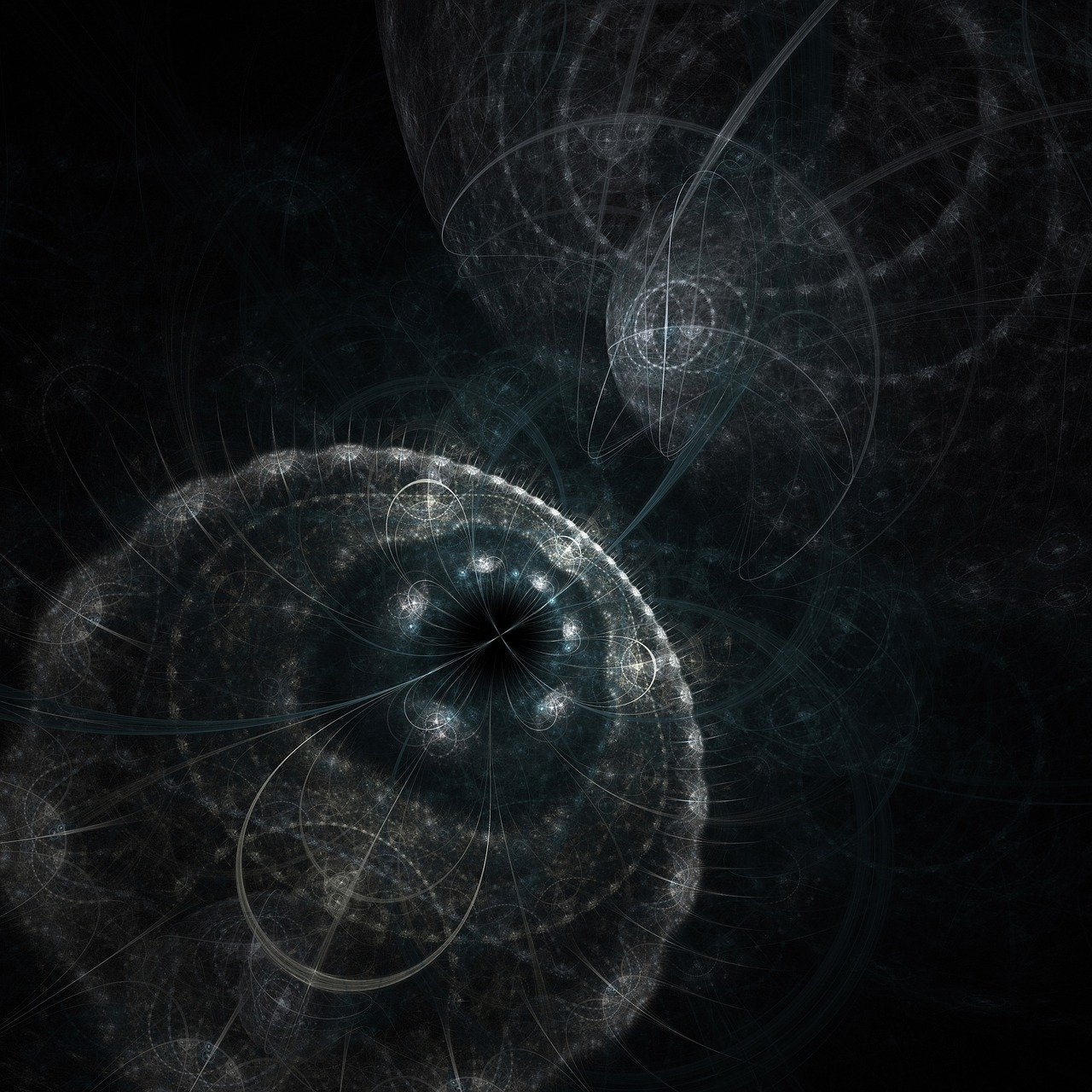
The Big Bang and Particle Physics
The Origins of the Universe
The Big Bang theory proposes that the universe originated from a singularity, a point of infinite energy and density. This event, known as the Big Bang, occurred approximately 13.8 billion years ago. It marks the beginning of our universe as we know it. The explosion that followed the Big Bang gave rise to space, time, and matter.
Particle physics plays a crucial role in our understanding of the origins of the universe. By studying the fundamental particles and their interactions, scientists can trace back the evolution of the cosmos to fractions of a second after the Big Bang. It provides insights into the conditions that existed during the early stages of the universe and helps us understand how the building blocks of matter formed.
The Study of Particle Physics
Particle physics is a branch of physics that focuses on understanding the fundamental constituents of matter and the forces that govern their interactions. It seeks to answer questions about the nature of reality, the origins of the universe, and the fundamental laws of physics that underpin our existence.
Through experimental observations, theoretical modeling, and technological advancements, particle physicists investigate the properties and behavior of particles such as quarks, leptons, and bosons. By studying these particles and their interactions, scientists are able to unravel the mysteries of the universe and delve into the deepest layers of reality.
The Connection between the Big Bang and Particle Physics
Particle physics and the Big Bang theory are intricately connected. By studying the behavior of particles and their interactions, scientists can piece together the events that occurred during the early stages of the universe. From the intense heat and energy shortly after the Big Bang to the formation of matter and the subsequent evolution of the cosmos, particle physics provides the tools to understand and unravel the mysteries of the universe’s origins.
The fundamental particles and forces studied in particle physics are key to understanding the universe on both a macroscopic and microscopic scale. By studying the building blocks of matter and the interactions between particles, scientists can build a comprehensive picture of the universe’s history and its current state.
Fundamental Particles
Overview of Fundamental Particles
Fundamental particles are the smallest building blocks of matter and energy. They cannot be broken down into anything smaller or simpler. There are two main categories of fundamental particles: matter particles called fermions and force-carrying particles called bosons. Together, they form the foundation of the Standard Model of particle physics.
Quarks
Quarks are the building blocks of protons and neutrons, which in turn make up atomic nuclei. They come in six different flavors: up, down, charm, strange, top, and bottom. Quarks have fractional electric charges and always exist in combinations known as hadrons. They are held together by the strong nuclear force, mediated by particles called gluons.
Leptons
Leptons are another class of fundamental particles and do not participate in the strong nuclear force. Electrons, muons, and taus are examples of leptons. They have integer electric charges and do not possess any internal substructure. Electrons, in particular, play a crucial role in everyday life as they are responsible for electricity, chemical reactions, and the structure of atoms.
Bosons
Bosons are force-carrying particles that mediate the interactions between particles. Photons, for example, are responsible for electromagnetic interactions, while gluons carry the strong nuclear force. The W and Z bosons are involved in weak interactions, which are responsible for radioactive decays. The Higgs boson, discovered in 2012, is responsible for the mass of elementary particles.
Understanding the Particle Zoo
The world of particle physics is often described as a “particle zoo” due to the vast number of known particles. To make sense of this complexity, physicists have organized particles into various families and generations based on their properties. By studying these particle properties and looking for patterns, scientists can gain insights into the underlying principles that govern the universe.
Standard Model of Particle Physics
Introduction to the Standard Model
The Standard Model of particle physics is a theoretical framework that describes the electromagnetic, weak, and strong forces, as well as the fundamental particles that interact through these forces. It provides a comprehensive understanding of the building blocks of matter and their interactions.
The Building Blocks of Matter
The Standard Model identifies three generations of matter particles: quarks and leptons. The quarks and leptons in each generation have different masses, charges, and other properties, leading to the complexity observed in our universe. The interactions between these particles are mediated by the fundamental forces carried by bosons.
Forces and Interactions
The Standard Model describes three fundamental forces: electromagnetism, weak nuclear force, and strong nuclear force. Electromagnetism governs the interactions between electrically charged particles, while the weak nuclear force is responsible for radioactive decays. The strong nuclear force binds quarks together inside atomic nuclei.
Predictions and Discoveries
The Standard Model has made numerous successful predictions and has been confirmed by experimental observations. The discovery of the Higgs boson at the Large Hadron Collider (LHC) in 2012 was a significant milestone, as it confirmed the existence of the Higgs field and provided insights into the origin of mass. However, the Standard Model is not a complete theory and has limitations, such as its inability to account for gravity and explain the nature of dark matter.
Particle Accelerators
The Need for Particle Accelerators
Particle accelerators play a vital role in particle physics research. They are used to create high-speed particle beams and generate extreme conditions similar to those found in the early universe. By colliding particles at high energies, scientists can study the interactions between particles and probe the fundamental nature of matter.
Types of Particle Accelerators
There are several types of particle accelerators, each designed for different purposes. Linear accelerators (linacs) accelerate particles in a straight line, while circular accelerators, such as synchrotrons and cyclotrons, circulate particles in a ring-shaped path. More advanced technologies, such as linear colliders and hadron colliders, can achieve even higher energies and enable the study of rare phenomena.
How Particle Accelerators Work
Particle accelerators work by using electric fields to accelerate charged particles and magnetic fields to steer them along a desired path. Radiofrequency cavities provide the necessary energy to accelerate particles, while powerful magnets control their trajectory. By increasing the energy of particles, accelerators allow scientists to explore uncharted territories of particle physics.
Advancements in Accelerator Technology
Advancements in accelerator technology have revolutionized particle physics research. The development of superconducting magnets and advanced beam control systems has led to the construction of larger and more powerful accelerators. These technological breakthroughs have allowed scientists to reach higher energies, produce more collisions, and uncover new physics phenomena.
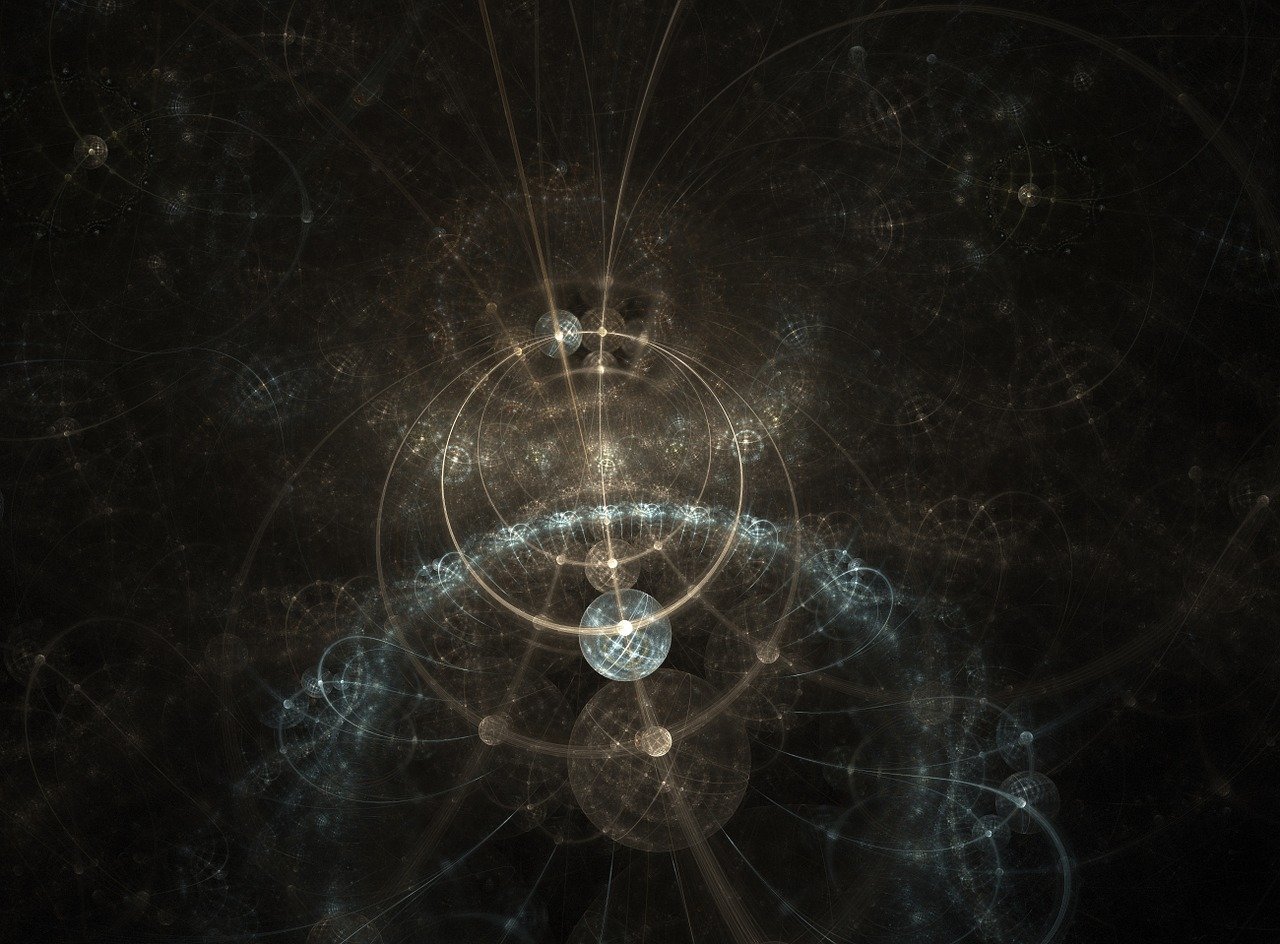
Particle Detectors
Importance of Particle Detectors
Particle detectors are essential tools for studying the behavior and properties of particles produced in particle collisions. They allow scientists to measure the properties of particles, such as their energy, momentum, and charge, and track their paths through detectors. Without particle detectors, it would be impossible to observe and understand the intricacies of particle physics experiments.
Types of Particle Detectors
There are various types of particle detectors, each designed to measure specific properties of particles. Tracking detectors precisely track the paths of charged particles, while calorimeters measure the energy of particles. Particle identification detectors help differentiate between different types of particles, and time-of-flight detectors measure the time taken by particles to travel a given distance.
Detection Techniques
Particle detectors utilize a range of detection techniques to measure the properties of particles. For example, tracking detectors often use silicon detectors or gaseous detectors to record the passage of charged particles. Calorimeters rely on processes like scintillation and ionization to measure the energy of particles. These techniques allow scientists to collect detailed information about particles created in high-energy collisions.
Challenges in Particle Detection
Particle detection is a challenging task due to the vast number of particles produced in collisions and the need for precise measurements. Scientists face challenges such as background noise, limited detector resolution, and understanding the complex interplay of particles and interactions. Overcoming these challenges requires innovative detector designs, sophisticated data analysis techniques, and collaborations between experimentalists and theorists.
Quantum Field Theory
Understanding Quantum Field Theory
Quantum field theory (QFT) is a theoretical framework that combines quantum mechanics with special relativity. It describes the behavior of particles as excitations of underlying fields. QFT provides a mathematical framework to predict and understand the interactions between particles and fields, making it a fundamental tool in particle physics.
The Role of Fields in Particle Physics
In particle physics, fields are fundamental entities that permeate space and time. Each type of particle is associated with a corresponding field, and particles arise as excitations or disturbances of these fields. Fields are continuously interacting, exchanging energy and momentum, giving rise to the complex dynamics observed in particle interactions.
Quantization of Fields
Quantization refers to the process of treating fields as collections of particles. In quantum field theory, particles are described as excitations of quantized fields, and their properties are determined by the field’s quantum state. By quantizing fields, physicists can describe the creation and annihilation of particles, as well as their interactions, in a consistent and mathematical manner.
Applications of Quantum Field Theory
Quantum field theory has far-reaching applications in particle physics and beyond. It provides the mathematical framework for calculations that predict the behavior of particles and their interactions in high-energy collisions. It also plays a central role in understanding phenomena such as particle decays, scattering processes, and the behavior of matter under extreme conditions. Additionally, QFT has applications in condensed matter physics, astrophysics, and cosmology.
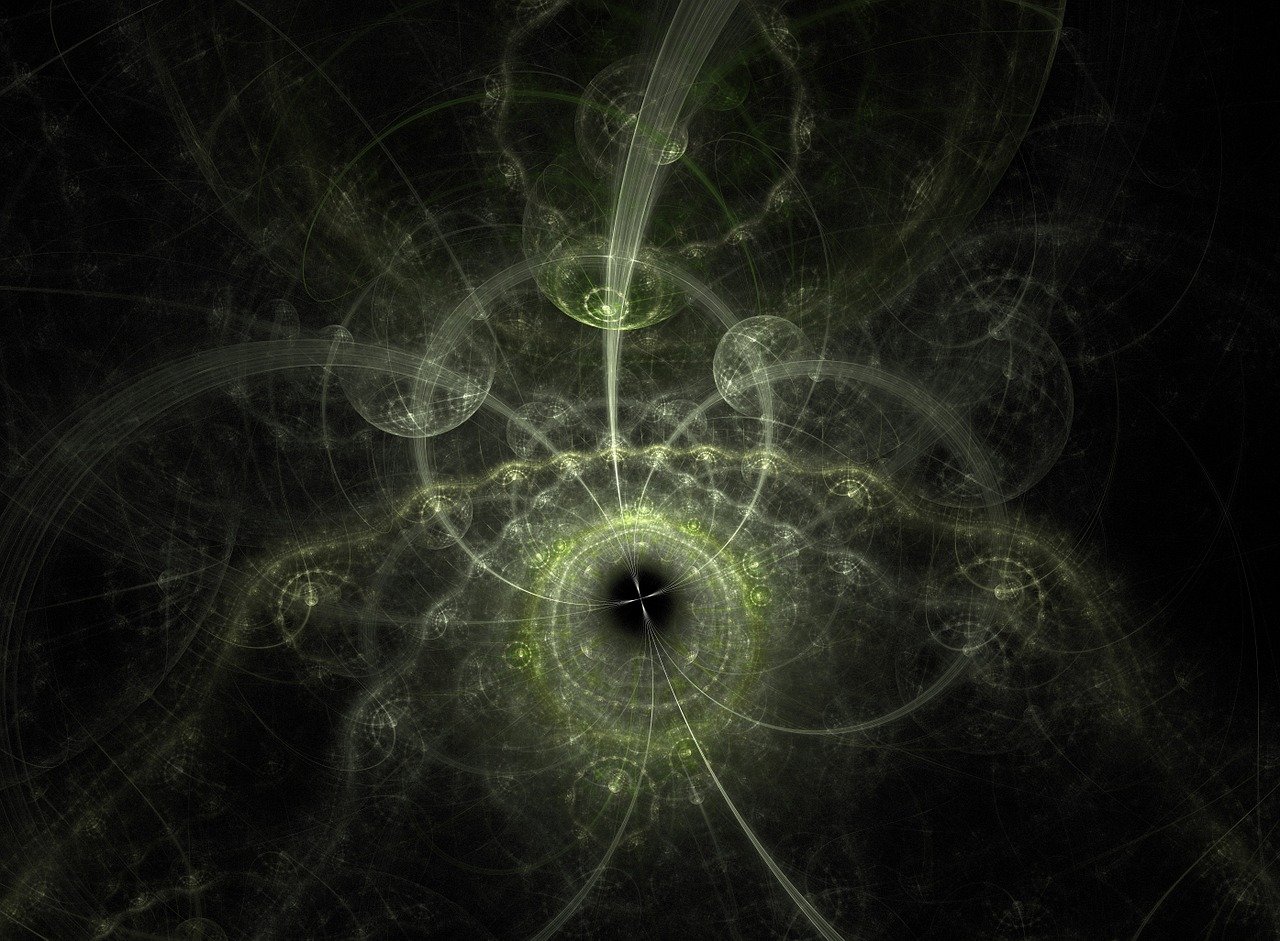
Beyond the Standard Model
Limitations of the Standard Model
While the Standard Model has been remarkably successful in describing particle physics phenomena, it has its limitations. It does not incorporate gravity, fails to explain the nature of dark matter and dark energy, and cannot account for the matter-antimatter asymmetry observed in the universe. These limitations indicate the need for a more comprehensive theory that goes beyond the Standard Model.
The Search for New Physics
The search for new physics beyond the Standard Model is an active area of research. Scientists are exploring theories such as supersymmetry, string theory, and extra dimensions to explain the phenomena that the Standard Model cannot account for. These theories propose new particles, interactions, and fundamental principles that can potentially revolutionize our understanding of the universe.
Supersymmetry
Supersymmetry is a theoretical framework that extends the Standard Model by introducing a symmetry between fermions and bosons. It posits that every known particle has a superpartner with different spin properties. Supersymmetry could solve many of the limitations of the Standard Model and provide a more complete description of the fundamental forces and particles.
String Theory
String theory is a theoretical framework that postulates that fundamental particles are not point-like objects but rather tiny vibrating strings. It suggests the existence of extra dimensions beyond the familiar three spatial dimensions and one temporal dimension. String theory unifies gravity with the other fundamental forces and has the potential to unravel the mysteries of the early universe.
Particle Physics and Cosmology
The Universe as a Laboratory
Particle physics and cosmology are intimately connected, as the universe itself serves as a vast laboratory for studying particle physics phenomena. By observing cosmic rays, cosmic microwave background radiation, and distant galaxies, scientists can glean insights into the fundamental particles, their properties, and the forces governing their interactions.
Cosmic Microwave Background Radiation
The cosmic microwave background radiation (CMB) is one of the most significant pieces of evidence supporting the Big Bang theory. It is a faint glow of radiation that permeates the entire universe and is a remnant of the intense heat and energy of the early universe. By studying the CMB, scientists can investigate the conditions that prevailed shortly after the Big Bang and further our understanding of particle physics.
Inflation Theory
Inflation theory is a hypothesis that suggests that the universe underwent a rapid expansion in its early stages, immediately following the Big Bang. This inflationary period is believed to have smoothed and stretched the universe on a vast scale, explaining the observed uniformity of the cosmic microwave background radiation and the large-scale structure of the universe. Particle physics plays a crucial role in understanding the mechanisms behind inflation and its implications for the evolution of the universe.
The Origin of Dark Matter
Dark matter is a mysterious form of matter that does not interact with light or other electromagnetic radiation. Its existence is inferred through its gravitational effects on visible matter. Particle physics research is dedicated to uncovering the nature of dark matter and identifying the particles that make up this elusive substance. Understanding dark matter is not only crucial for our understanding of the universe but also has implications for the formation of galaxies, the evolution of large-scale structures, and the ultimate fate of the cosmos.
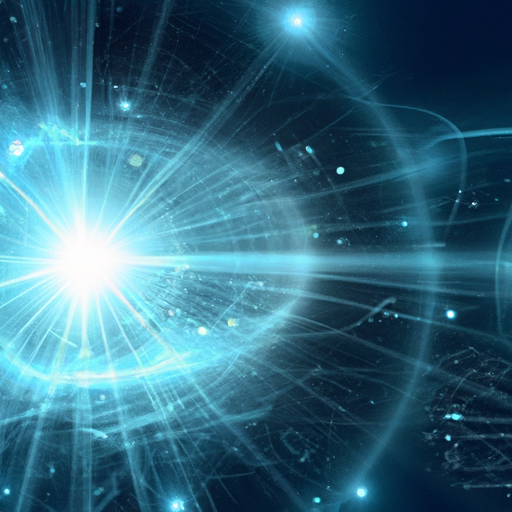
The Large Hadron Collider
Introduction to the LHC
The Large Hadron Collider (LHC) is the world’s most powerful particle accelerator and a cornerstone of modern particle physics research. Located at CERN, near Geneva, Switzerland, it spans over 27 kilometers in circumference and collides particles at record-breaking energies. The LHC is instrumental in furthering our understanding of the fundamental particles and forces that govern the universe.
Major Experiments at the LHC
Several major experiments take place at the LHC to study particle physics phenomena. The ATLAS and CMS experiments, in particular, were instrumental in the discovery of the Higgs boson. These experiments involve large collaborations of scientists and utilize sophisticated detector systems to record and analyze the particles produced in high-energy collisions.
Discoveries and Breakthroughs
The LHC has already made significant discoveries and breakthroughs in particle physics. The discovery of the Higgs boson in 2012 was a major milestone, as it confirmed the existence of the Higgs field and provided insights into how particles acquire mass. The LHC has also played a role in searching for new physics, such as supersymmetry and extra dimensions.
Future Prospects
The future of the LHC holds great promise for furthering our understanding of particle physics. Planned upgrades, such as the High-Luminosity LHC, will increase the intensity of particle collisions, allowing scientists to explore new physics phenomena and push the boundaries of our knowledge. The LHC and its future endeavors will continue to shape our understanding of the universe’s building blocks.
Implications and Applications
Impact of Particle Physics Research
Particle physics research has far-reaching implications for our understanding of the universe and our place in it. The knowledge gained from studying fundamental particles and their interactions forms the foundation of modern physics and underpins technological advancements in various fields.
Technological Advances
Investigations in particle physics have led to numerous technological advances that have transformed our daily lives. For example, the development of particle detectors and accelerators has given rise to advancements in medical imaging techniques, such as positron emission tomography (PET) scans and proton therapy for cancer treatment. Particle physics research has also contributed to advancements in computing, communication, and material science.
Medical and Energy Applications
The applications of particle physics in medicine extend beyond imaging techniques. Particle therapy, using beams of high-energy particles, offers precise targeting of tumors while minimizing damage to healthy tissue. Particle physics research also contributes to the development of better materials for energy generation and storage, enabling the transition to cleaner and renewable energy sources.
Beyond Scientific Understanding
Particle physics research not only expands our scientific understanding but also raises philosophical and existential questions about our place in the universe. Exploring the fundamental nature of reality challenges deeply held beliefs and forces us to confront the mysteries of existence. The implications of particle physics research touch upon our curiosity and desire to unravel the fundamental truths of the universe.
In conclusion, particle physics is a fascinating field that explores the fundamental building blocks of the universe. From studying the origins of the universe through the lens of the Big Bang to unraveling the complexities of the Standard Model, particle physics serves as a crucial tool for understanding our universe at both the smallest and largest scales. With the advancements in particle accelerators, detectors, and quantum field theory, scientists continue to push the boundaries of knowledge, leading to breakthroughs, discoveries, and applications that impact our everyday lives. As we peer deeper into the cosmos and explore the mysteries of particle physics, we embark on a journey of scientific discovery and a deeper understanding of the world we live in.
